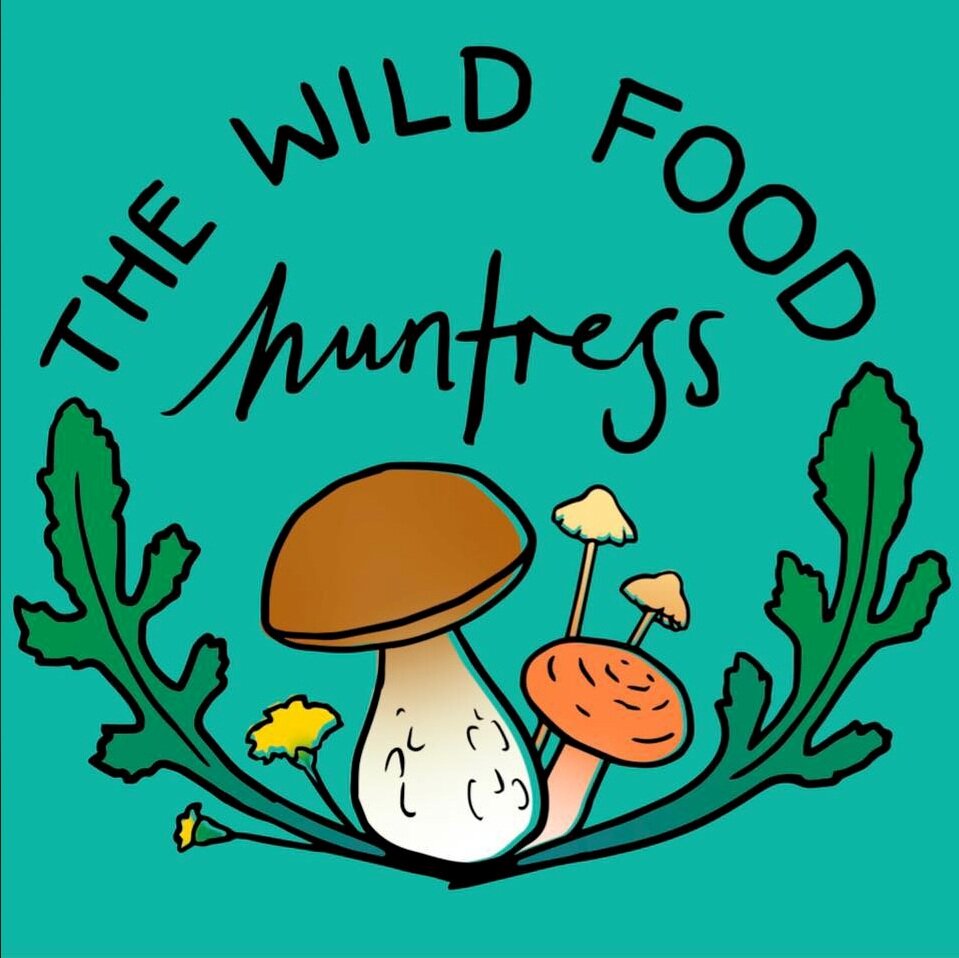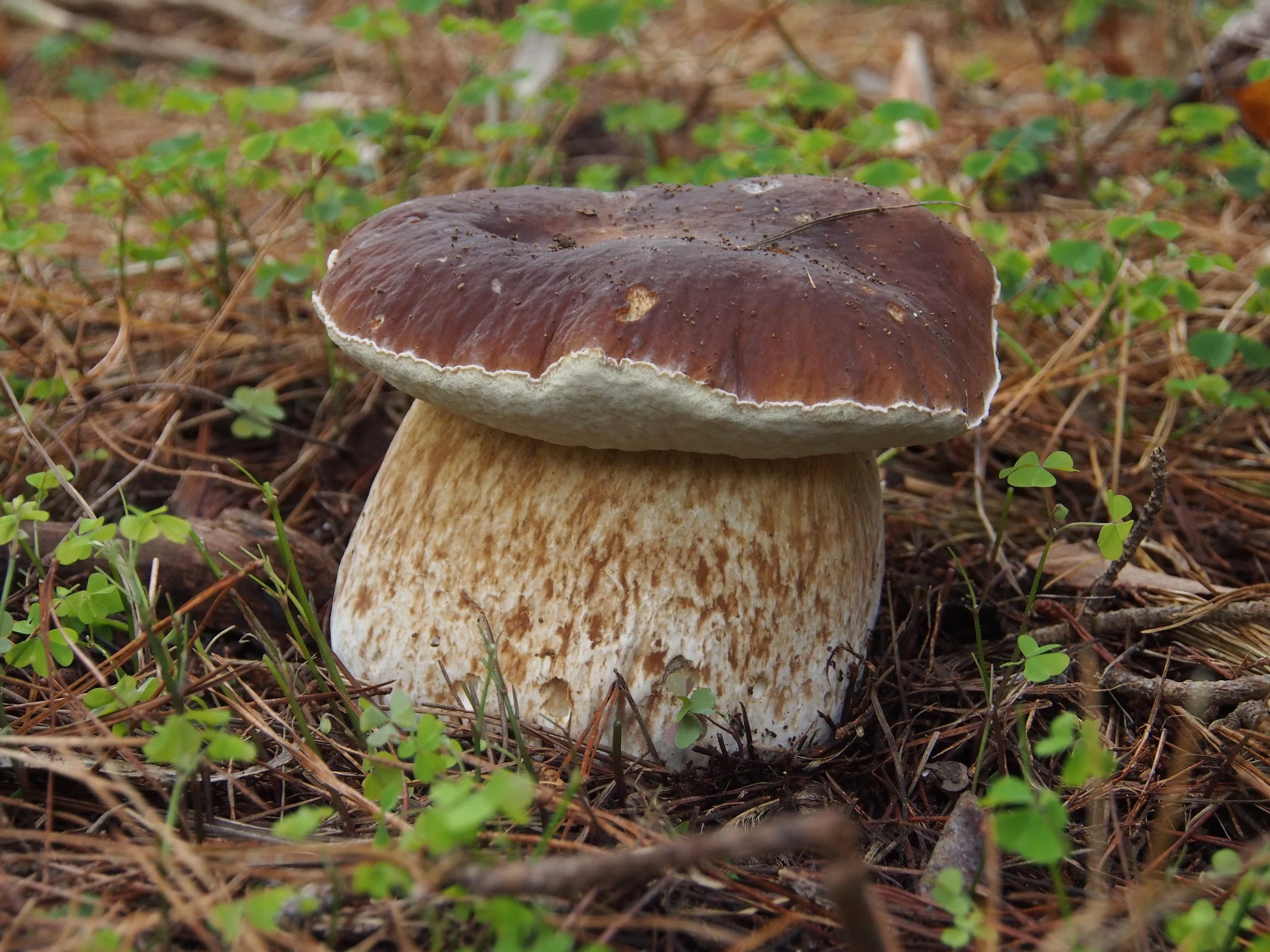Boletus edulis
CEP, PORCINI, PENNY BUN, KING BOLETE
Edible
PORES
PORCINI CROSS SECTION
Honeycomb Reticulation
Xerocomus multicolour cross section (NOT EDIBLE)
Porcini
Edibility
The Porcini mushroom is a highly prized and sought after mushroom and is arguably the best prize for all mushroom hunters.
Porcini's go well in many types of meal. Their meaty texture means they can handle being roasted braised or fried meaning they can be added to pastas, rice dishes and stews without falling apart. Porcini can also be sliced and dried to be used at a later date. The flavour after drying perfectly embodies the umami essence.
A little known fact is that Porcini is a great source of protein especially when dried producing up to 10grams of protein per 100grams.
Habitat
This mushroom is mycorrhizal meaning it grows on the roots of host trees, these trees include pines, oaks, beech, birch and chestnuts as well as other trees within those families.
In Australia the Porcini has only been officially recorded in a small area in the Adelaide hills although there are many reports of Porcini being found in other areas of Australia including Mount Macedon.
We have actually had the Adelaide Hills Porcini DNA tested and it has been confirmed as coming from the european strain of the Porcini.
Description
The Porcini Mushroom is what i would describe as a good solid mushroom. Mature specimens can get to over 1kg in weight although they make perfect eating when around 350grams which would be about palm size.
The Scientific name means:
Boletus from ancient greek meaning Lump.
edulis from latin meaning Edible.
So the scientific descriptor has it correct. Edible Lump.
The Porcini has a light to dark brown cap, Thick Stipe (stem) and pores instead of gills.
Appearance
The cap is usually light brown to dark brown in colour bumpy to touch. Usually around 5cm-30cm in diameter. The cap starts off convex and often smaller that the broader stem however as the mushroom grows it very quickly surpasses the width of the stem expanding into a very fleshy large dome shape.
The Porcini mushroom has pores instead of gills ( check out pore pic above), starting out spongy and white looking. However as the mushroom ages the pores turn from a white to a yellow then finally brown becoming quite mushy to touch.
The stem is usually around 3cm-25cm in diameter and bulbous in shape. The stem is cream in colour with brown flecks. One characteristic to help identify the porcini is the honeycomb like reticulation that is evident on the stipe. (see reticulation pic opposite)
Spore Colour
Greeny brown
Distribution
SA
Lookalikes
There a few lookalikes to this mushroom especially for the eager hunter who has never found one. Slippery jacks and Suillus granulatus have spores and quite often trip people up (not literally). There are also many other native boletes that are similar in appearance but who's pores turn blue if pressed. (see Xerocomus multicolour opposite)
There are many native boletes and a lot of them have not been studied. Their edibility is unknown meaning they could be deadly.
please use this reference as a tool for identification only and never eat any mushroom unless you do your own research and you are 100% sure. Remember if in doubt leave it out!








